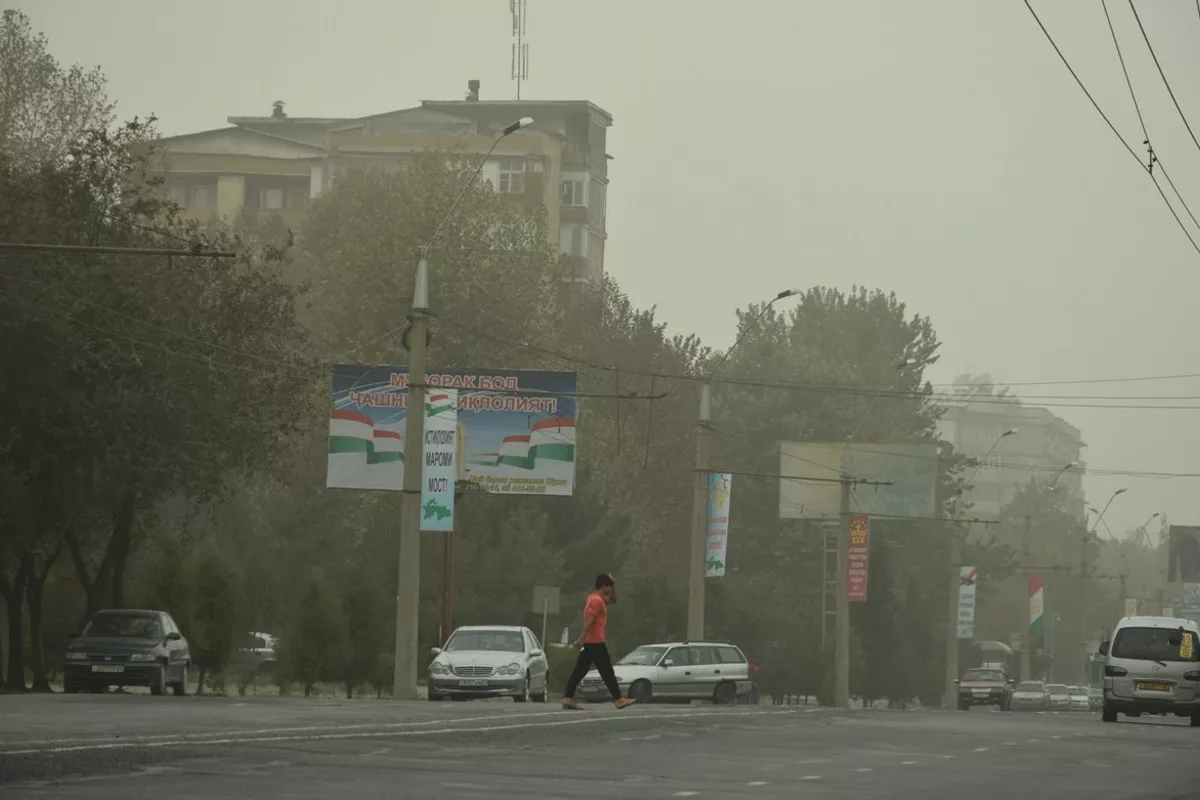
photo: Asia Plus
Tajikistan has been identified as one of the world’s most polluted countries in 2024, ranking 6th globally for the average annual concentration of PM₂.₅ - fine particulate matter known to pose serious health risks.
This alarming finding is revealed in the latest 2024 World Air Quality Report published by Swiss environmental technology company IQAir, The Caspian Post reports via Tajik media.
The report highlights that Tajikistan’s average PM₂.₅ concentration reached 46.3 micrograms per cubic meter (µg/m³), exceeding the World Health Organization’s (WHO) recommended limit of 5 µg/m³ by up to 10 times. This level places Tajikistan in the “35.1-50 µg/m³” pollution category, signaling hazardous air quality and a major threat to public health.
While the capital city Dushanbe has improved from 4th worst city in 2023 to 176th out of nearly 9,000 cities in 2024, air pollution remains a critical concern. In stark contrast, the cleanest nations such as the Bahamas and Bermuda reported PM₂.₅ levels as low as 2.3 to 2.5 µg/m³.
IQAir’s comprehensive report draws on data from over 40,000 monitoring stations worldwide, measuring air quality across 8,954 locations in 138 countries. The report emphasizes that 99 per cent of the global population live in areas where air pollution levels exceed WHO guidelines. Fine particulate matter like PM₂.₅ is linked to serious health problems including respiratory illnesses, cardiovascular diseases, strokes, and lung cancer.
Globally, while there has been some progress with 17 per cent of cities meeting WHO’s air quality standards in 2024 (up from 9 per cent in 2023), most countries continue facing dangerous pollution levels.
Regionally, Tajikistan leads Central Asia in poor air quality. The report points to factors such as vehicle emissions, industrial activities, burning of solid fuels, and specific geographical and climatic conditions as key contributors to the elevated pollution levels.
Share on social media